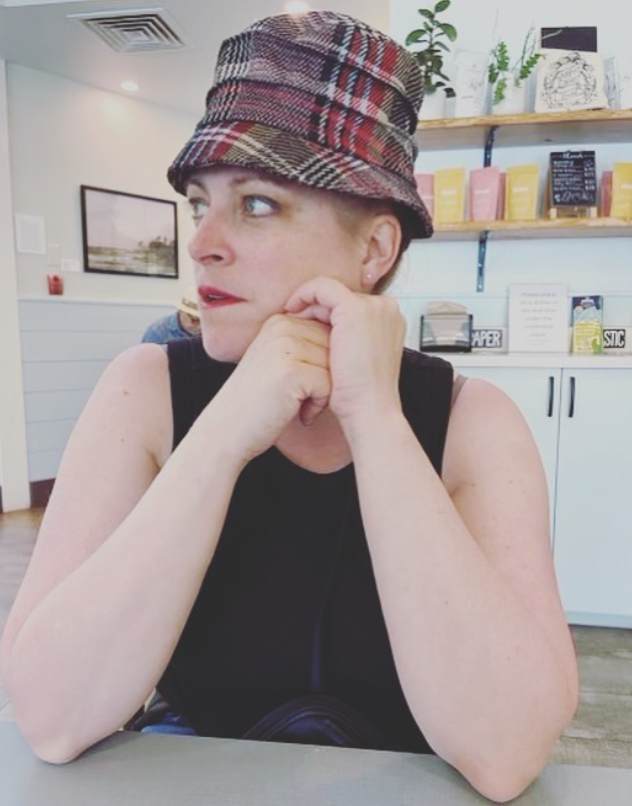Limiting Moistly Events in the Classroom

Talking moistly, it happens.
True story.
I was talking to a friend outside, socially distant. I took a slurp of my latte, begin talking, and to my horror, spoke moistly. I, like most of Canada, had a chuckle when our Prime Minister Trudeau mentioned “speaking moistly”. As we move back into classrooms, speaking moistly, is a real obstacle, and a threat to safety. In our province, students in Grades 4 to 12 will have masks, the students in grades K to 3 will not.
Yet, I have a moistly solution!
Pulled from my teacher toolbox, back in the old days.
Ready for it?
SIGN LANGUAGE
I took sign language, level 1, right out of university. My friend and I had minored in special education and figured that this skill would be good to have.
Flash forward, several years later, I was teaching grade 2 and decided that basic signs, legitimate ones and signs co-invented as a class, would help to reduce the amount of unnecessary talking and assist with learning flow. Using signs helped to manage students’ conversations during independent work time, whole group instruction and larger assemblies.
The first signs, were yes and no. The class also created signs for, fill water bottle (pretending to drink out of hand), bathroom (hand with one finger pointing, straight up) get a book (both hands moving together and apart, like a book opening and closing), We also had signs for question (a hooked finger) and a give me five hand open for “answer the question.”
These signs worked great, and many other signs developed over the year to limit interrupting conversations and increase independent working flow. For example, if we were sitting at the classroom meeting rug and I asked a question. If a student had to use the bathroom and indicated this (1 finger pointing straight up). I could quietly use my hand signals for yes or no. Quick, easy, no interrupted thinking or flow that happens with the usual “Can I go to the bathroom?” At assemblies’ this worked well too, as the students and I could communicate without anyone leaving their spots.
The privacy that signs lend themselves to, also help with instruction, assessment and feedback. A student can hold their hand close to their chest to sign no or yes and their peers won’t see. For example, “is everyone ready to start writing?” A child can quietly let you know or “Does everyone understand the steps to the math problem, I just showed you?”
Now that we are returning to school during Covid, your class might want to come up with their own signs for new safety reminders like, “too close” or “stay on the circle or line”. I was thinking maybe there will be a need for wellness signs, like “I am feeling stressed” or “I feel sick”.
Give it a try! Make some fun ones up. Whatever works, just remember, speaking moistly, it can happen to you, it’s the sign of the times. (Do you get what I did there?)
Until Next Time,
Love Coach Clark

